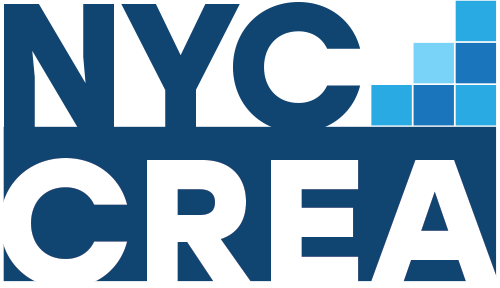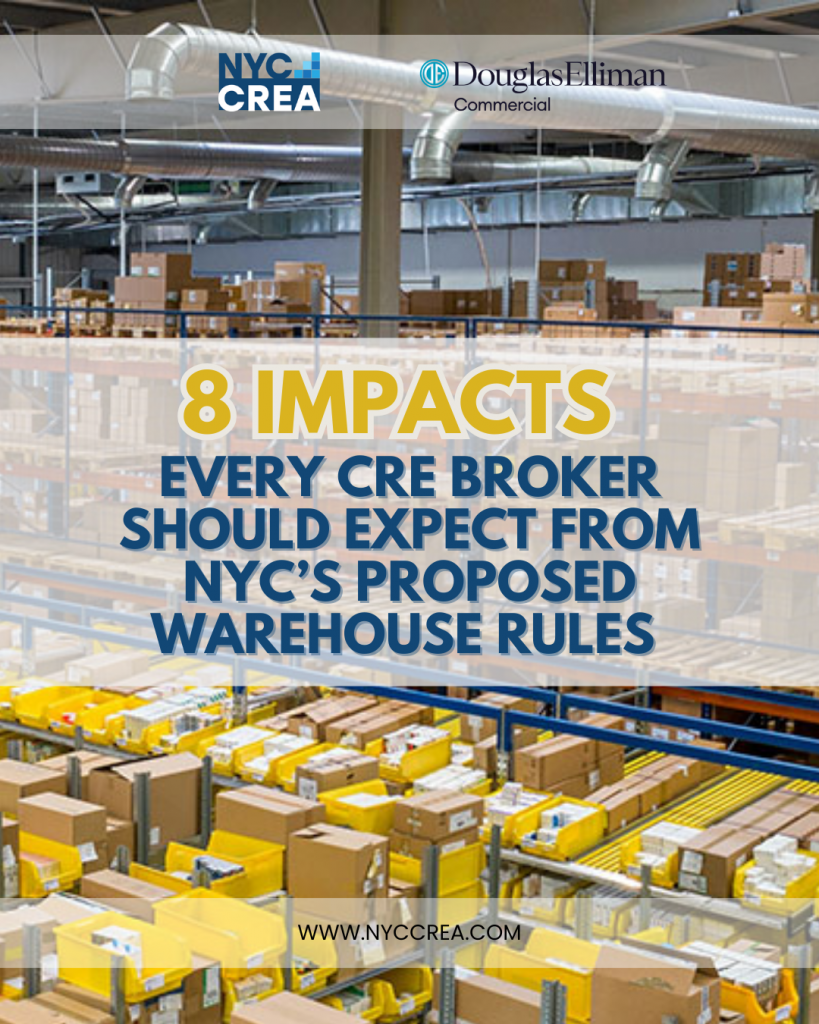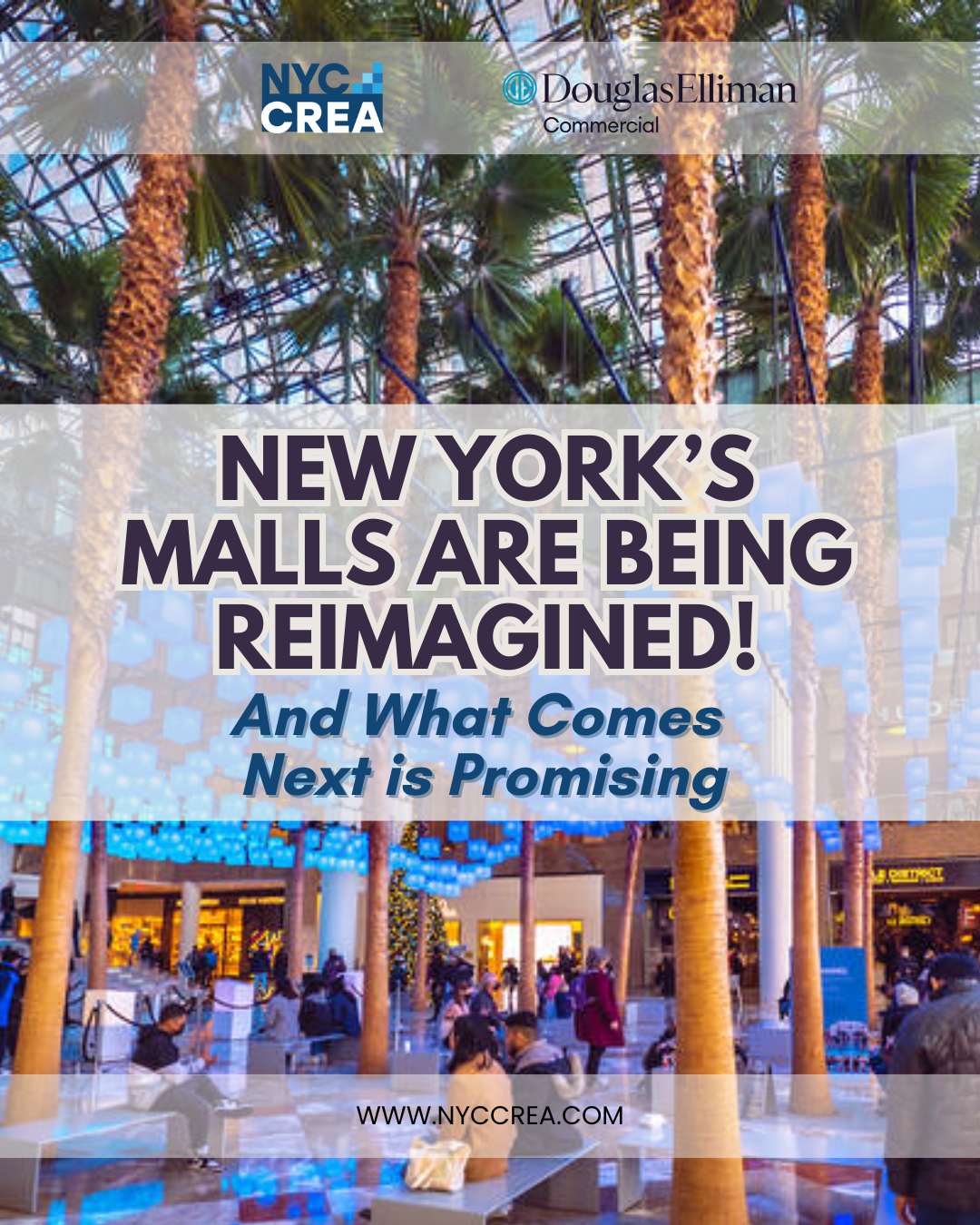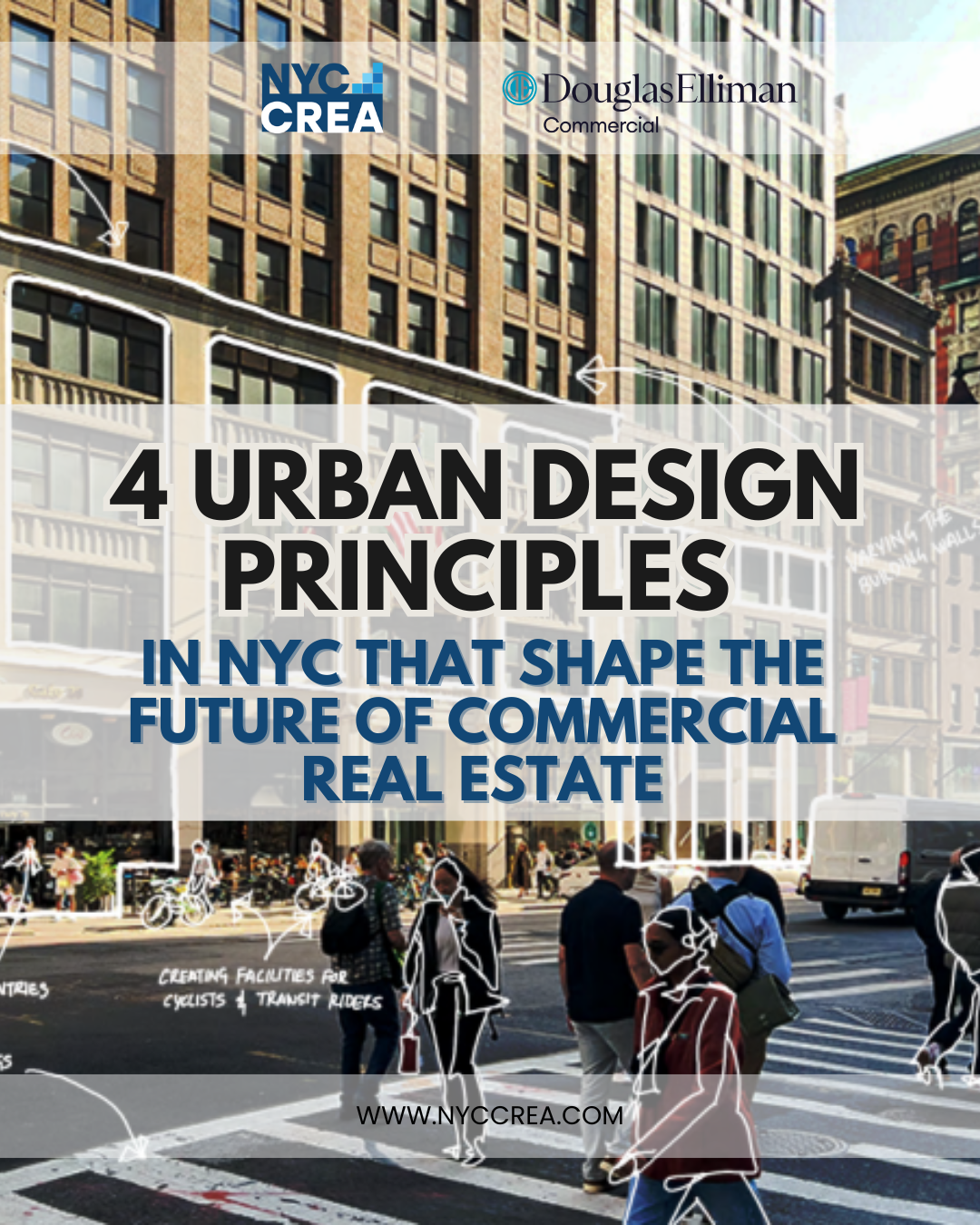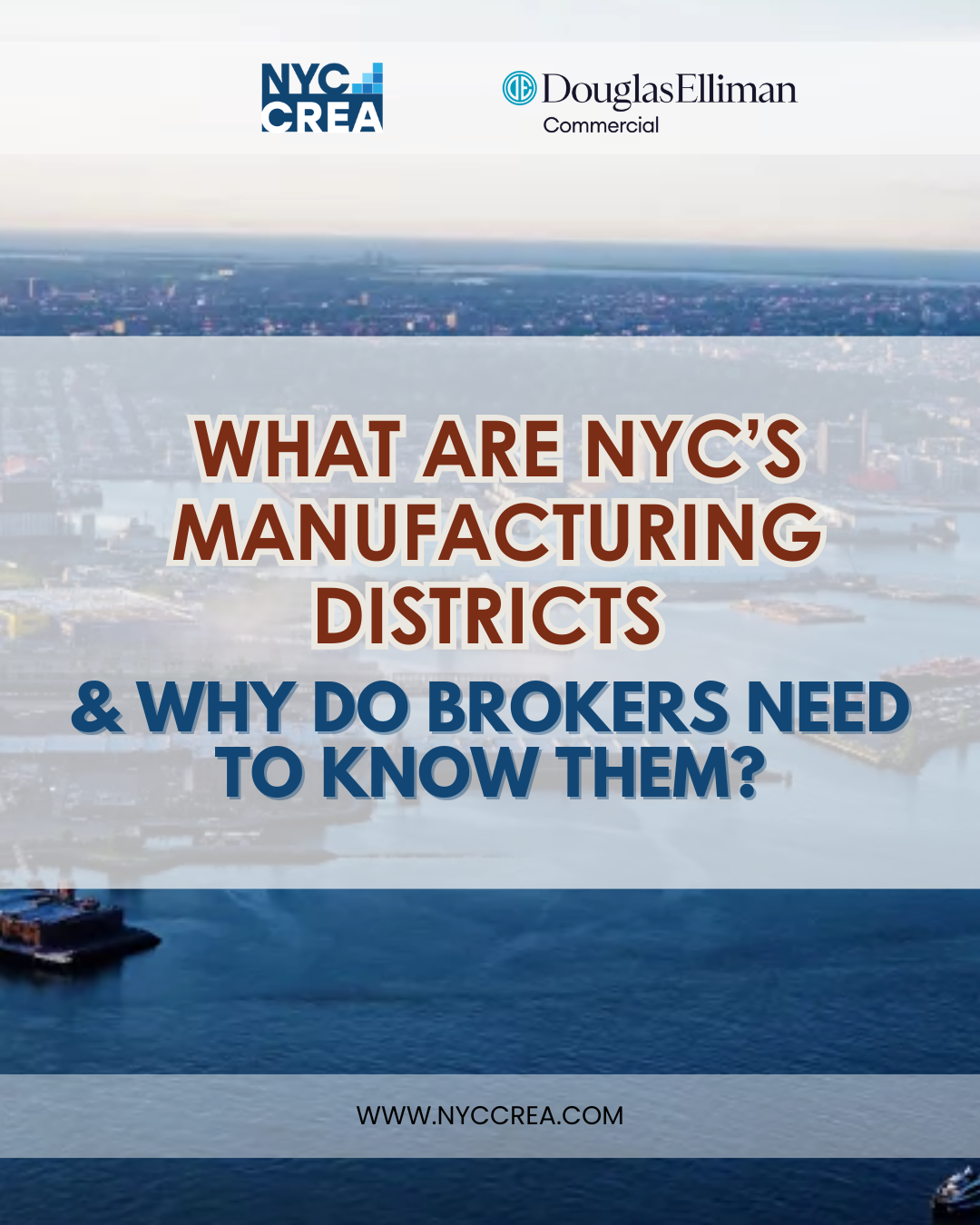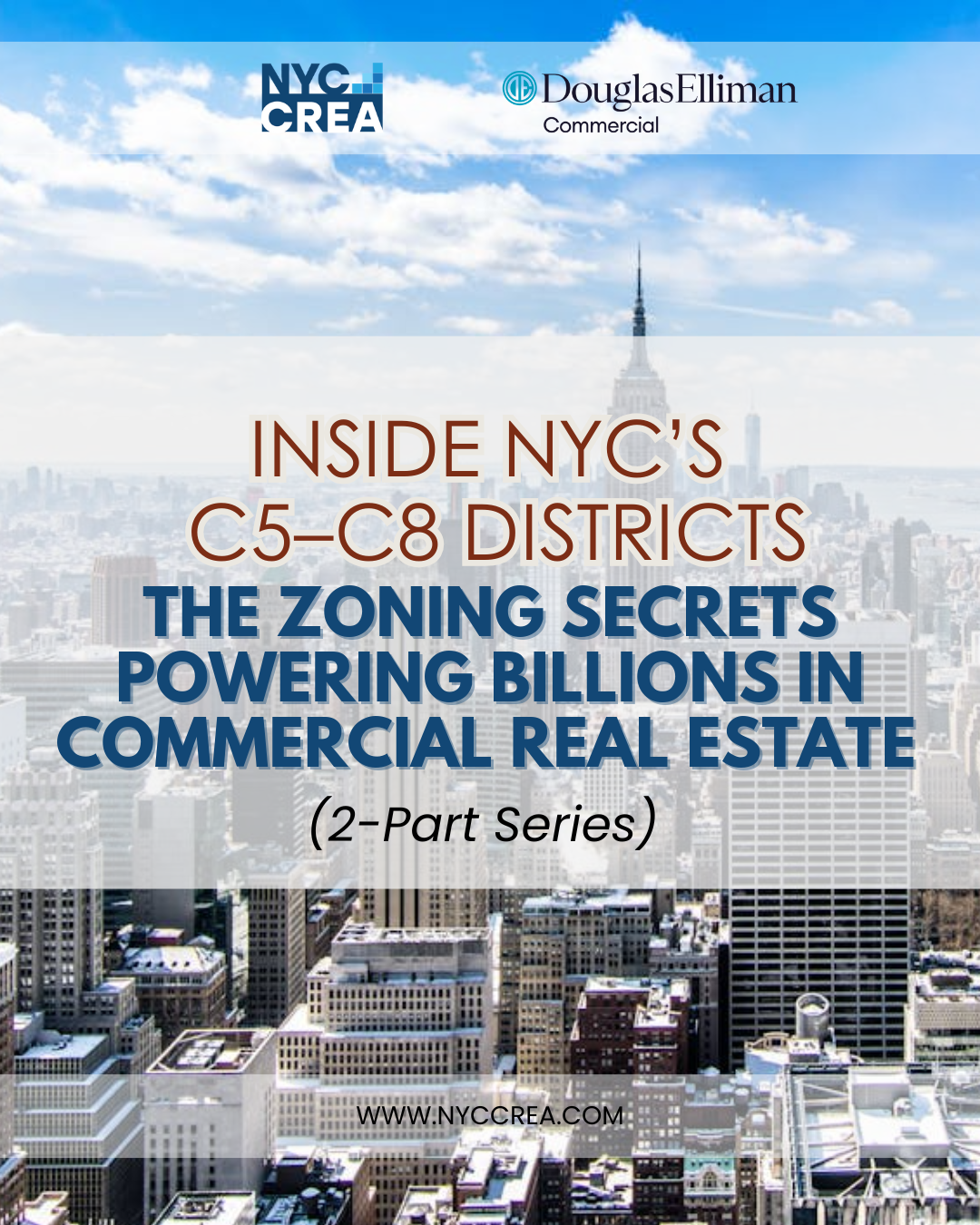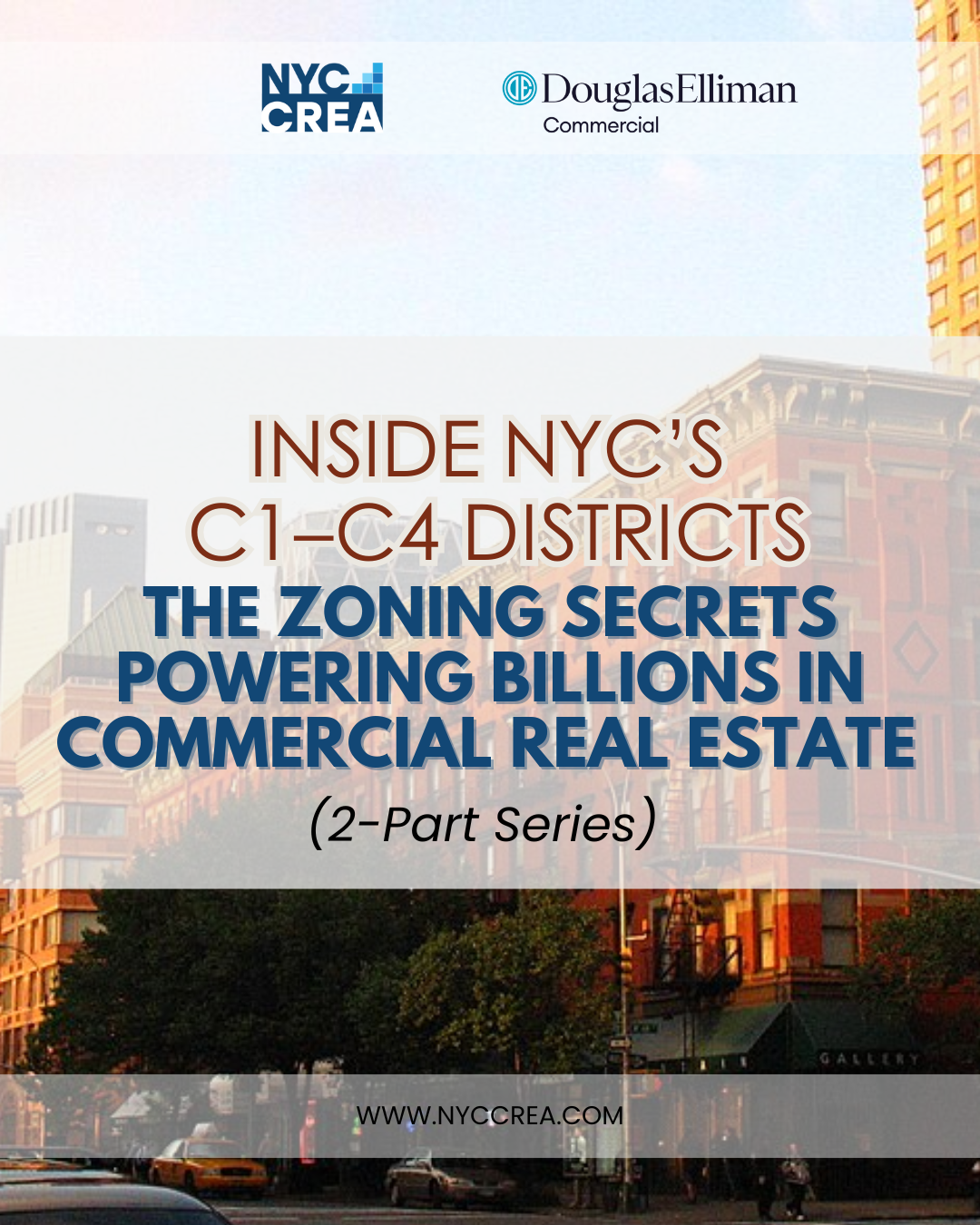October 15, 2025
- Rapid E-commerce Expansion: The Department of City Planning (DCP) commissioned a study to assess New York City’s parcel delivery facilities (PDFs) over 50,000 sq. ft., as the surge in e-commerce and one-day delivery expectations has driven a new wave of large, high-intensity distribution hubs.
- Economic Impact: The city’s warehousing and distribution sector employed 45,400 workers and contributed $5.4 billion to NYC’s gross regional product, as of 2023.
- Future Demand Outlook: Projected demand for new PDFs is pegged at an additional 2.2 million sq. ft. over the next 10 years, signaling continued growth fueled by ongoing technological, financial, and consumer pressures.
We at NYCCREA watch closely when zoning, industrial planning, and logistics policy collide—because when they do, the ripples travel through pricing, investment strategy, and site viability. New York City’s proposed Last-Mile Facility Text Amendment is exactly that kind of collision. It could reshape how and where last-mile / parcel delivery hubs can be built, and that matters enormously in a city still grappling with limited land and sky-high real estate costs.
Expanding e-commerce trends have pushed this change. The Last-Mile Facility Text Amendment, a proposed zoning update that would require a special permit for new PDFs, means that large distribution centers would need to undergo a thorough public review and approval process before opening—ensuring that new developments are thoughtfully located and designed to minimize traffic, environmental, and community impacts. This could reframe how we (as brokers, developers, occupiers) think about logistics real estate in NYC.

E-Commerce & Urban Logistics Trends
Here are key trends driving stronger regulation of last-mile facilities in cities like New York:
- Explosive growth in package volume
E-commerce demand has fueled compounding growth in parcel delivery operations. - Traffic and emissions pressure
Last-mile trucks are major contributors to urban congestion and air pollution, especially in overburdened neighborhoods. - Clustering in industrial zones
Many large delivery hubs cluster in historically working‐industrial or underserved areas, exacerbating environmental justice concerns. - Demand for EV / sustainability compliance
Cities are pushing toward mandates for electric charging infrastructure or lower carbon delivery fleets. - Land constraints intensify
In dense cities, the premium on location (proximity to population, multimodal access) pushes up land rents and puts pressure on smaller facilities to densify or repurpose.
These forces make a zoning update not just desirable—it may be inevitable. Moreover, the market assessment emphasizes that PDFs generate significant truck traffic, with negative impacts for air quality and health, particularly in communities where clustering is heavy.

Impacts to Commercial Real Estate
Below we list the principal impacts we expect that the proposed zoning update would bring to NYC’s commercial real estate:
- Market Uncertainty from Special Permits
New PDFs over 50,000 sq ft will need a special permit from the City Planning Commission. The proposed special permit is creating uncertainty, as tenants worry it could limit investment and potentially drive up rents and property values. - Growth for Parcel Delivery Facilities
From 2024 to 2035, New York City’s large parcel delivery facilities are expected to grow from about 8.1 million to 10.3 million square feet—a 28% increase over the next decade. That’s roughly 2.5% growth per year. While these numbers are estimates and could change based on market conditions, they reflect the continued rise in demand for warehouse and delivery space across the region. - Favorable for Micro-Distribution Facilities
Though not permitted in residential districts, micro-distribution facilities are small-scale delivery hubs allowed in certain commercial zones. They operate like parcel delivery centers but with strict size limits—up to 2,500 sq ft in lower-density areas and up to 10,000 sq ft in higher-density zones. Thus smaller “micro-distribution” or adaptive uses may see more favorable trajectories. - Pressure to Address Neighborhood Concerns
While PDFs support NYC’s economy, they also bring issues like diesel truck pollution, traffic congestion, and pedestrian safety risks. Many operate 24/7, adding strain during peak hours, while their paved lots contribute to heat island effects and stormwater runoff in nearby neighborhoods. - Need to Improve Outdated Industrial Spaces
Based on the market assessment, much of New York City’s existing industrial space is outdated and inefficient, with older warehouses lacking the structural capacity, truck access, utilities, and parking needed for modern logistics. - Looking for Ideal PDF Size and Features
The sweet spot for PDFs is 50,000–75,000 sq ft, designed for multiple tenants, with ample parking and loading, while some tenants may look to New Jersey or Long Island as more affordable alternatives. - Top Investment Locations
Investors favor the Bronx, Queens, and Brooklyn, with Maspeth often cited as an ideal location and Red Hook appealing to certain users but has access issues.
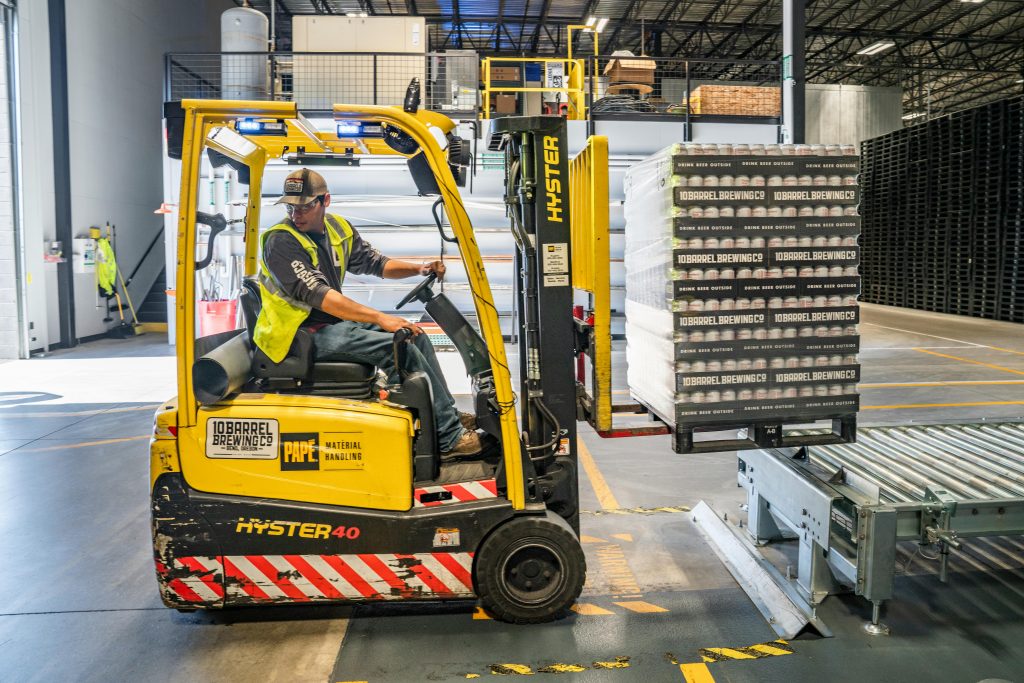
Opportunity Perspective
We at NYCCREA believe this zoning update marks a pivot point in how New York City—and other dense metros—reconcile booming e-commerce demand with livability, equity, and infrastructure constraints.
From a risk perspective, the proposed tighter permit system introduces more uncertainty into project feasibility, and elevates the role of political and community dynamics. That increases the “soft cost” of last-mile development (delays, mitigation demands, redesign, community outreach). Some owners or speculators may pause new investments until the rules crystallize.
But from an opportunity perspective, this is equally a reshaping of value. Parcels that can credibly comply, adapt, or already meet the stricter criteria gain scarcity premium. Micro-distribution, smaller footprint facilities, or “compliant by design” projects may now appeal more to operators who seek speed and lower regulatory drag. Moreover, for brokers and developers, the new system rewards proactive site curation, environmental mitigation planning, and community alignment.
In sum, we advise all stakeholders—owners, occupiers, capital providers—to begin stress testing their pipeline under this new system. Ask: which assets survive the higher hurdle? Which concepts pivot easily? Which sites might be ruled out or become blocked? In many ways, the new rulebook is being written now—and early alignment and foresight may yield outsized advantage.
We’ll be monitoring DCP’s drafts, public review hearings, and emerging case studies closely—and we’re ready to counsel clients and partners on how to steer in this evolving landscape.
For the latest news, proven strategies, and exclusive opportunities in commercial real estate in New York City and Western Nassau County NY, visit us at www.nyccrea.com
FOLLOW US:
Facebook: www.facebook.com/newyorkcityCREA
Instagram: www.instagram.com/nyccrea
LinkedIn: www.linkedin.com/company/nyccrea
